For my project I researched big cats and their different characteristics and how this differs between each species. This lead me to settle on tigers. Tigers are the largest of the big cats and are extremely powerful due to their large musculature in their front arms. I looked into artists such as Aaron Blaise who worked at Walt Disney studios and specialised in animated animals in 2D. Because of influences such like this I wanted to create a run cycle of a tiger with each movement broken down into about 21 frames. If I had more time I would have explored backgrounds and how to animate them to move along with the tiger, however the animation process of the run cycle alone was very time consuming.
Alice Fynn
Zine and Augmented Artwork video
I looked at octopuses and chose specifically to focus on the Mimic Octopus. This zine is a children's book inspired zine on the Mimic Octopus' predator evasion techniques. The Mimic Octopus uses behavioural mimicry, (colour and pattern) mimicry, camouflage, burying, jet propulsion and the use of ink as a diversion to hide from and fool predators. I also cover how the Mimic Octopus hunts. The aim of this piece is to educate about these behaviours in a fun and engaging way aimed at 5-9 year olds. The last page is augmented with Artivive. Ideally, if I'd had more time, I'd have animated and added transitions to every page.
Food Chains Under Threat - Annie Heard
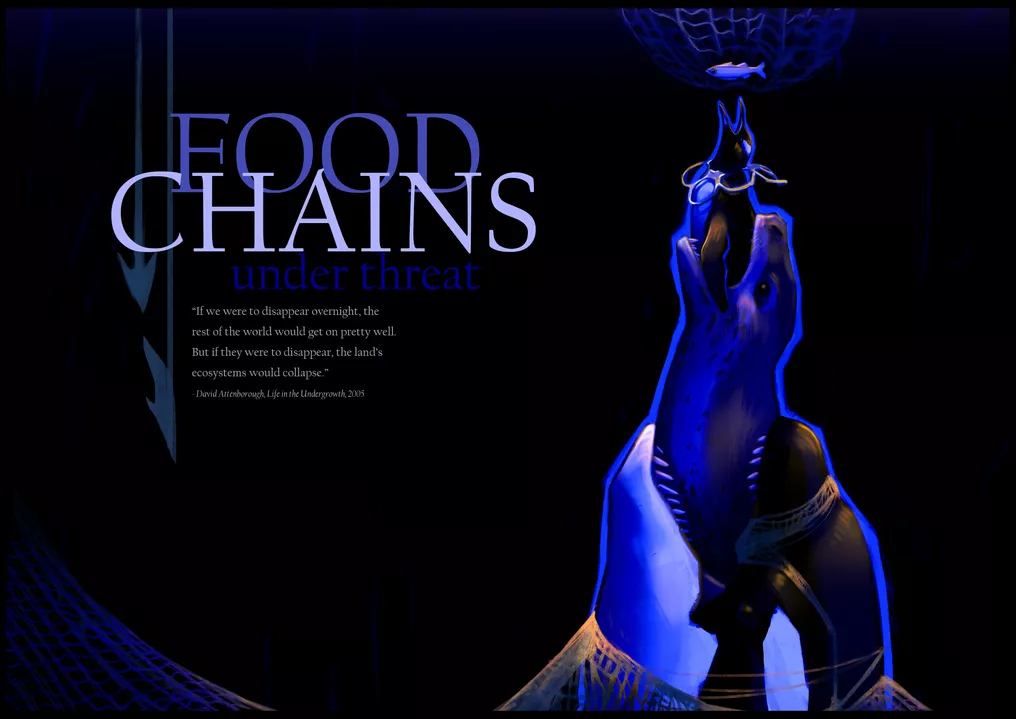
Subtitle page spread for a nature magazine - Food Chains Under Threat
The intention for my project was to symbolise an ocean food chain within a single image, with the animals along the chain being afflicted by an environmental issue caused by humanity: the fish is caught in a fishing net to represent overfishing; the penguin has plastic can ring holders stuck around its neck to represent plastic pollution; and the orca is tangled in netting to represent both over-hunting and accidental entanglement. I wanted to signify that humanity is having a devastating effect on animals on every trophic level of the food chain and that this is causing an imbalance in the natural order, therefore threatening endangerment for many species.
I decided to feature this illustration within an editorial context and designed a double-page spread for a nature-themed magazine.
The many colours of an octopus - Rebecca Jenkins
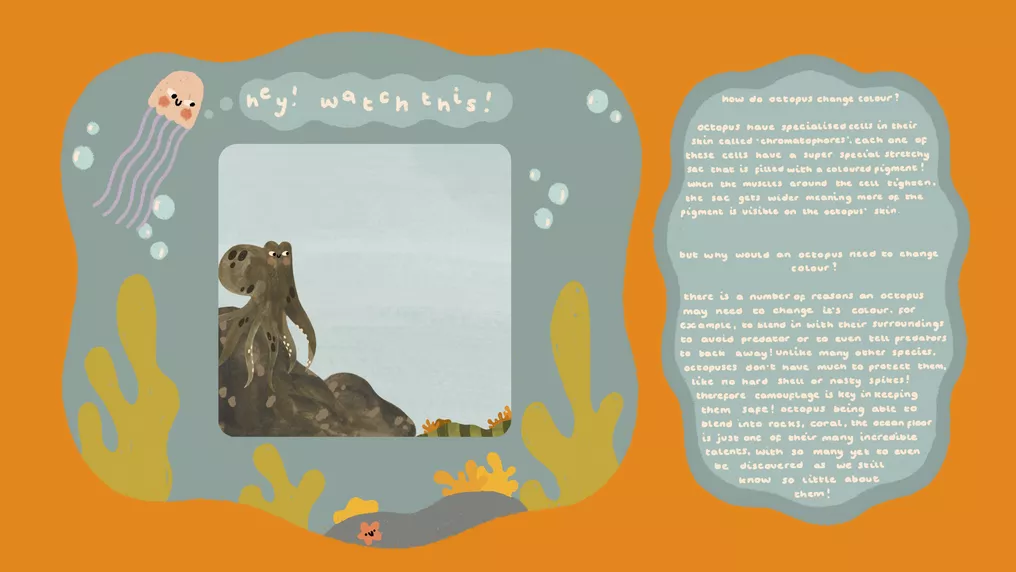
I explored the topic of animal cruelty, specifically how it affects rabbits, which is my chosen animal for this project. Animal cruelty is a big problem we face to this day where we see animals being harmed and experimented on for consumer products such as makeup products and household cleaning products. Rabbits are the most used animals for testing as they are the most gentle and well behaved animals.
I had decided to incorporate this topic of animal cruelty with rabbits into my final piece. My final piece of artwork is simple, yet portrays a clear storyline of how easily rabbits are abused for experiments. The blue background towards the outside draws attention to the actual topic going on in my piece. The rabbit quickly goes from a healthy state to an unhealthy state as it is experimented on.
Octopus Meets Sushi Chef- Oren Somers-Baines
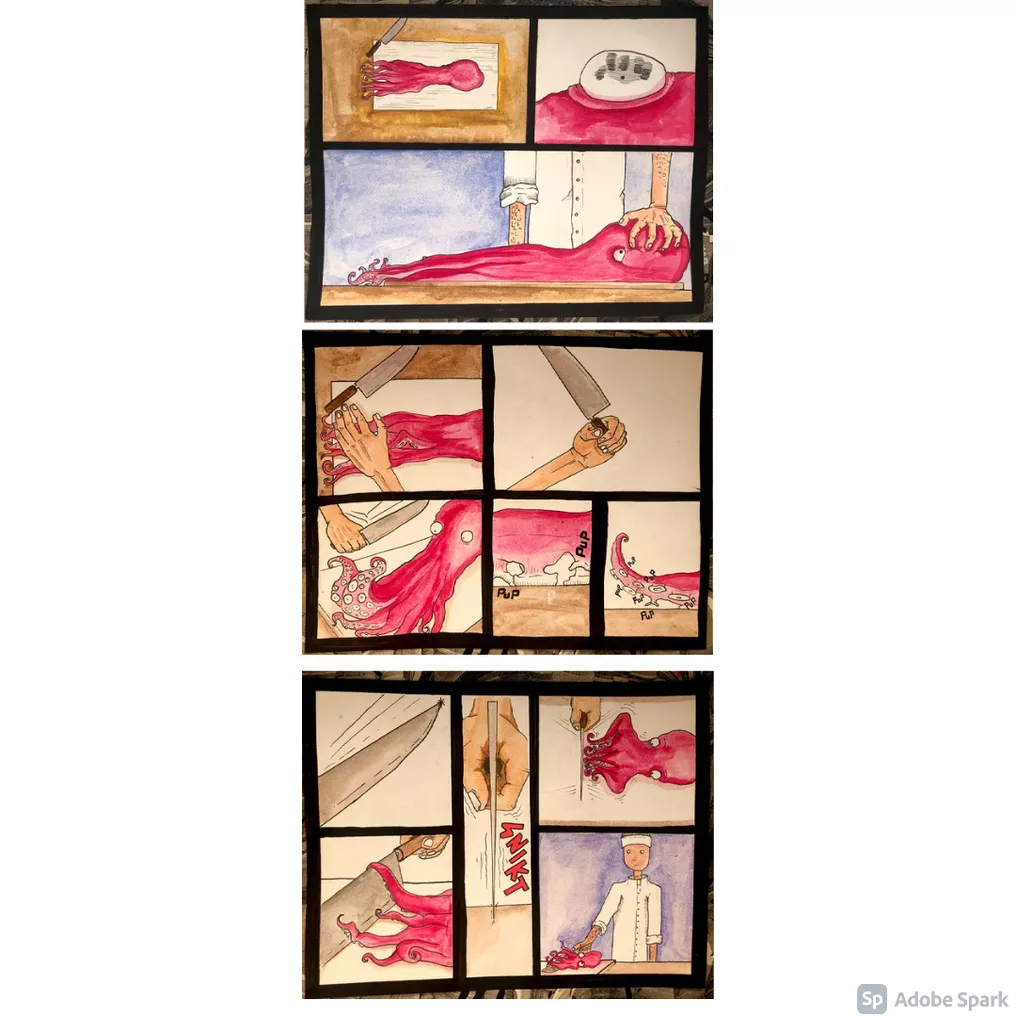
I had lots of fun and boring options of an octopus swimming or crawling but wanted to add another animal and take him away from his natural habitat and do the end of the food chain for him. Luckily he's a smart one and is shown dodging the knife. I wanted to show the struggle and urge that the octopus has against the pain and inevitability of painful death. Octopus are very intelligent creatures - not only do octopus experience physical pain when abused, they are capable of feeling emotional pain. Imagine seeing your fellow octopus being dismembered and you're next - just feel its inhuman on the octopus to be killed alive like that.
Ogre-Faced Spider Hunting Behaviour - Tara Hughes
I chose to theme my sequence around spiders as they are often represented as somewhat distasteful. They repel most people with their intimidatingly disproportionate bodies and legs. But the spider can be beautiful. Their webs are intricate structures that are used as skilful instruments to capture and entangle. My sequence is an expression of art and science, based on my research into contemporary and historic scientific illustrations. My sequence is in black and white as I find it creates an aesthetic of temporal distress, a feeling of uneasiness that relates to the theme of being hunted. The juxtaposition of the spider sequence shows the minor differences in movement. Combined with the intricate circular pattern, the series offers a fast-paced visual interpretation of the spider’s hunting method; a ballistically rapid, overhead back-flip.
Death's head hawk moth - Maia Leslie-Miller
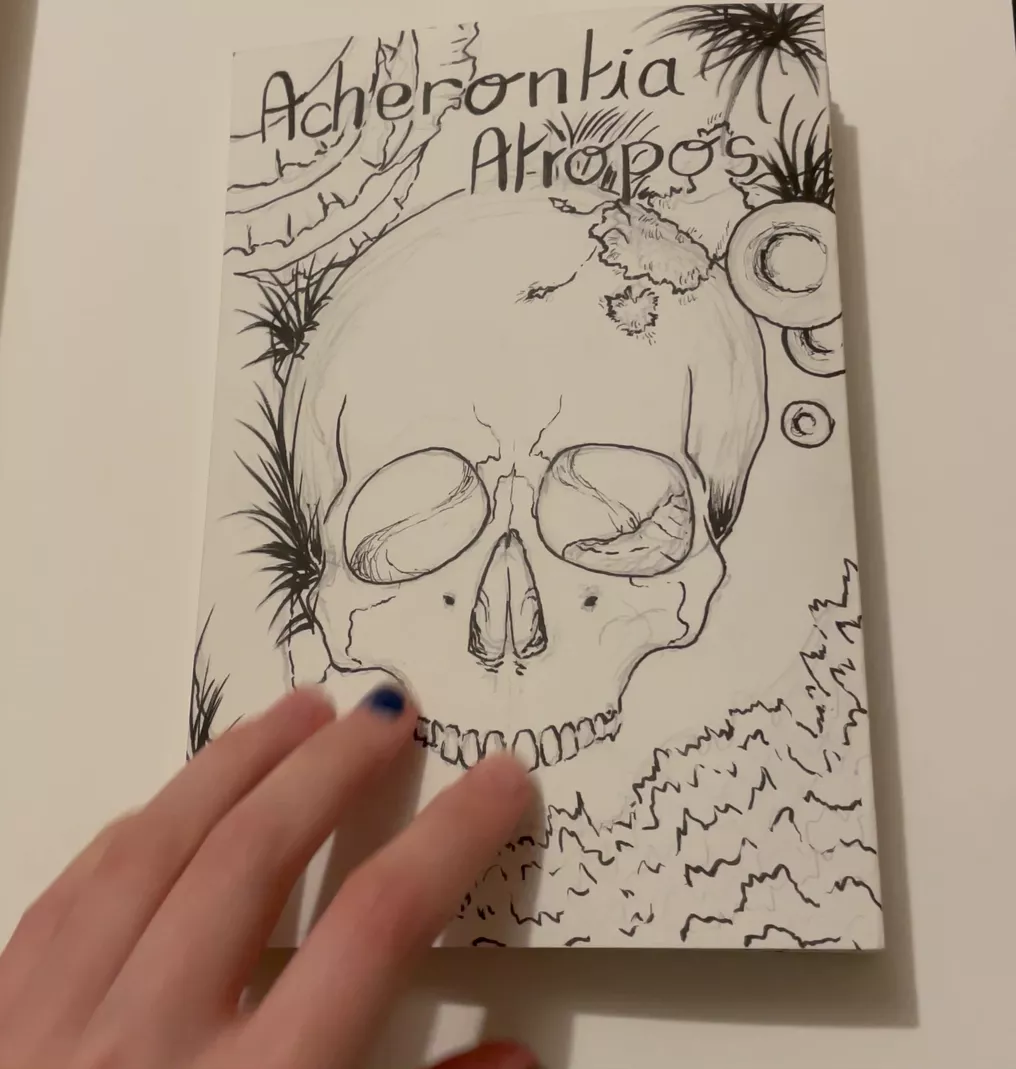
Throughout this project, I aimed to study the symbolism and visual representation of moths; how different civilisations and cultures viewed moths, also looking at modern media's representation.
I looked at rarer genus' of moths, concluding that I couldn't find enough information to create a viable narrative, as I knew early on I wanted to create a comic styled piece.
I thought about possibly doing a double-page comic spread, but decided to create a concertina styled piece, allowing for more detail and a lengthier narrative.
I chose the Death's head hawk moth as my subject, as I find its ties to the idea of human misfortune and death fascinating, clearly derived from the famously distinctive human skull shaped pattern on the moths thorax. My idea was inspired by the moths use in 'The Silence of the Lambs'. Buffalo Bill planting unhatched Death's head hawks moth cocoons on his victims to mock the last screams; this moth species creates a 'squeak' sound when hatching.
I wanted to create a narrative that would depict the connection between this moth species and human death, illustration the moth hatching from the cocoon seen inside the eye socket of a skull (another commonly used symbol of human death). Using the Latin name of this moth to title the piece.
Using a brush ink pen to illustrate the story, if I had more time I would have experimented with tea staining the concertina, to give off a worn appearance.
To Walk A Wolf's Paw - Simona Rancheva

A comic spread about the hunting habits of Canis lupus and the meaning behind them, 'To Walk A Wolf's Paw'
When I first chose my animal, I had a difficult time picking a single theme - wolves and stories about them are vast and different, how could I pick only one? In the end, the story I wanted to tell, despite its seemingly gruesome notes, is one of kinship and bonds.
Wolves are some of the most intelligent animals known to mankind - it's no wonder we call their domesticated cousins our best friends. A huge part of that intelligence they owe to their social lives, to a structure surprisingly similar to our own; humans and wolves have evolved in ways that greatly resemble each other, and yet despite all of our knowledge there are still stories that stereotype the great grey hunters as monsters from fairytales. With my comic I wanted to change that.
The artstyle I used is based on East Asian (Japanese, in particular) ink paintings (also known as Sumi-e), leaning back to my interest in Japanese art and the very inspiration that gave birth to the comic. I wanted to lean heavily into the blacks and whites, to the stroke of the brush that is traditional to this style, and the scenery - a cold wintery world, devoid of colour - I think fits very well with the heavy use of inks. The touch of red in the last part of the visible narrative is there to provide contrast and grasp the reader's attention.
In the end, this is only a portion of the story I wanted to tell - of the kinship between mankind and wolf, of how the familial unit crosses the borders of species, of how we shouldn't be afraid of the grey hunters in the woods. The wolves have families like we do, parents they look up to and children they teach and cherish, and they hunt like we once used to; to the untrained eye they might seem like an untamed beast, but in the end are we not the same? Just two animals trying to survive in the very same cruel world.
You cannot judge someone without walking a mile in their shoes. Or paws.
Are Corals Plants Or Animals? — Jazzmin English
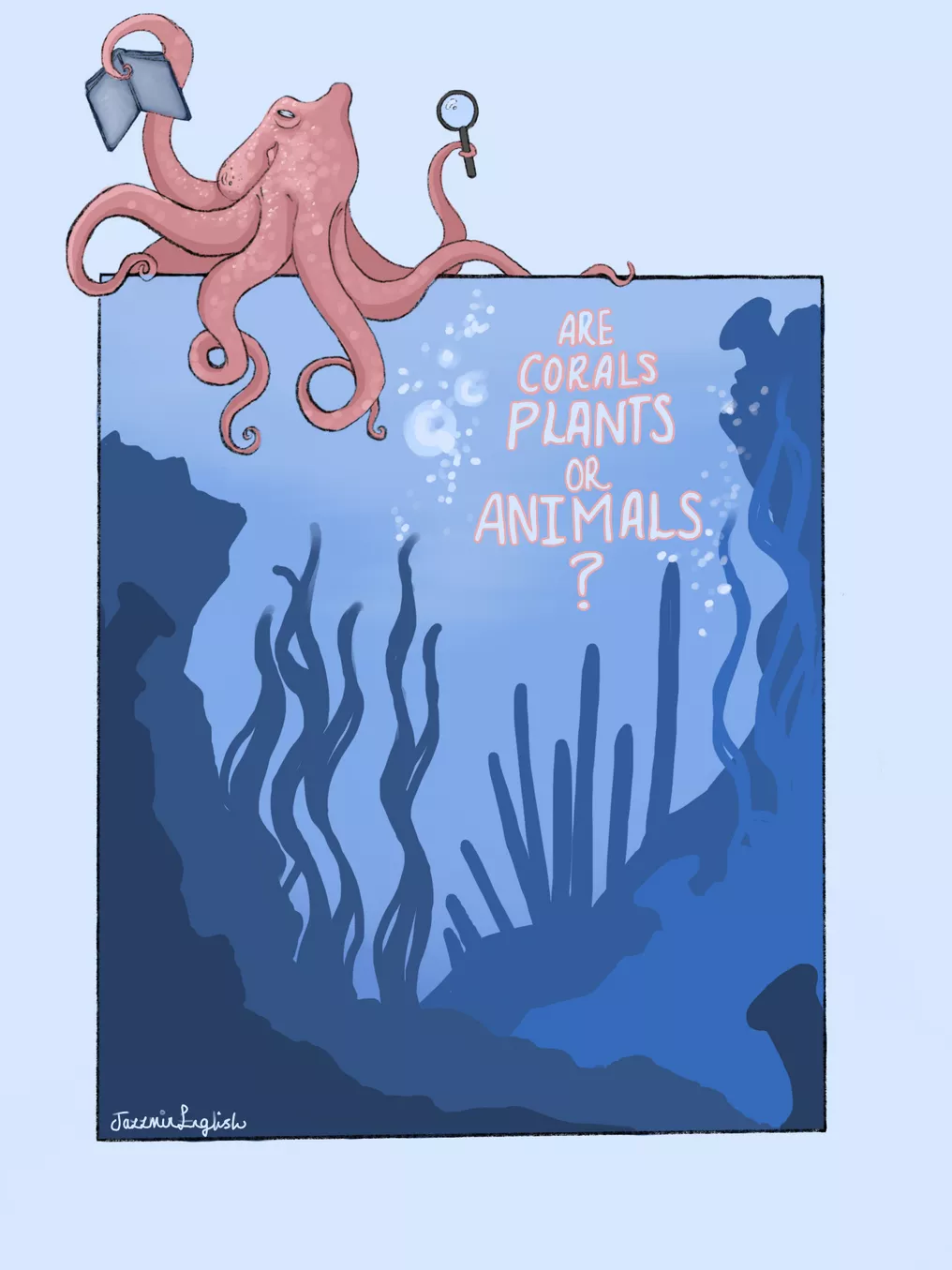
At first, I was drawn to the aesthetics of jellyfish and inspired by the strange, alien-looking animal/plant life thriving within the world’s oceans, and lightly researching jellyfish made me realise just how alien some of the life on planet Earth can be. It wasn’t long before I stumbled upon my animal focus for this project: the octopus.
Octopuses are unique and fascinating. Their ability to problem solve is often considered on par with dolphins and humans, despite how they are limited due to lifespan. It was around this time, researching deeper into octopuses and making studies, that I discovered a Netflix documentary about coral. This was where I started to get conflicted about my project focus. I was incredibly invested in portraying the fluid, boneless movements of the octopus within my work, and had already made substantial progress with the art that I was making, but the information that coral (which I had first thought was a plant) was actually an animal, not just one, but thousands, had turned everything on its head.
I found myself more invested in making artwork that informed people of this fun piece of information that I’d learned instead of the octopuses that I’d spent so much time on. So I started experimenting with ways to combine my animal focus and my new passion for coral in a way that would compliment sequential illustration. This came in the form of a zine, then a children’s story book, then a comic, and finally, a children’s comic about a friendly octopus learning the fact that coral are not in-fact plants, but animals.
This process of the octopus learning in a fun and interesting way, from A to B, with a specific beginning, middle, and end, links directly to sequential illustration by telling a story. It shows a progression in ideas, as well as visually showing a change in the octopus and his surroundings, providing, perhaps, a sequential change in the reader’s understanding of octopus and corals, too.
Deforestation - Natasha Cole
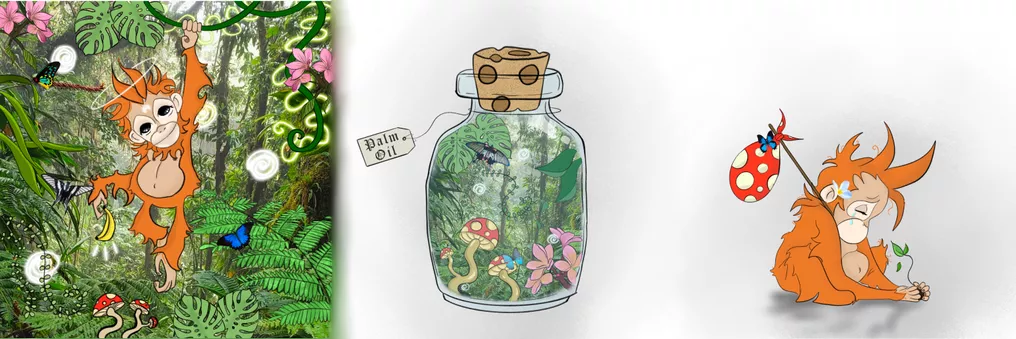
For this project I started looking into orangutans and how their homes are being threatened by the mass production of palm oil.
I studied a lot of political posters created by WWF and took large inspiration from the children’s book ‘there’s a rang-tan in my bedroom’. Just like the political posters I wanted this to create an emotional response. I was also inspired by the mixed media style of Ana Strumph.
I wanted there to be a visible difference in the colours fading throughout the images just as the numbers of the orangutans are also fading. I used Procreate on my iPad to create this but still digitally mixed medias, I used different kinds of brushes, collage and typography.
Bats as Pollinators - Jazmin Johnson
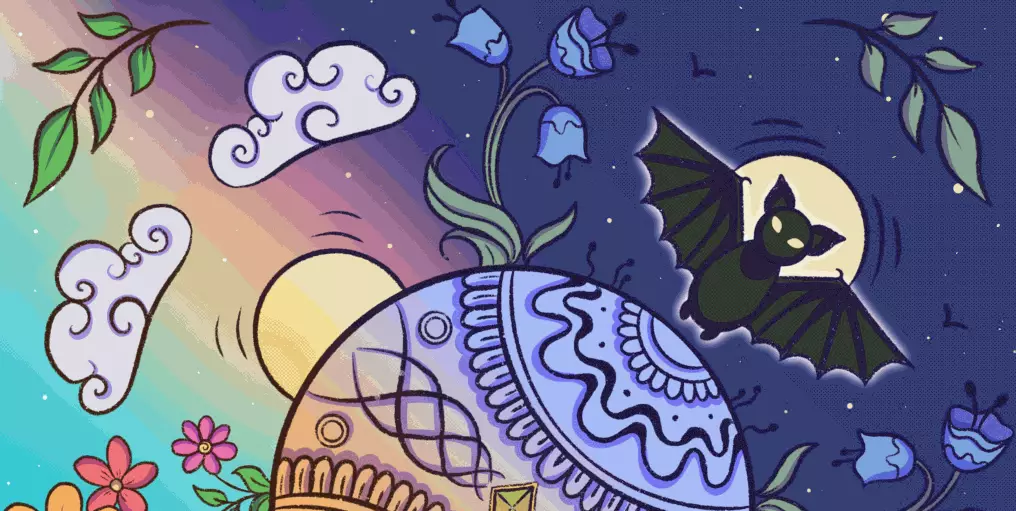
Throughout this project, I researched bats and their importance within our ecosystem. I looked into many different conservations of Bats, and one which stood out the most to me was “Bats as Pollinators. This animated loop depicts the importance of pollination, and how “Bee’s have the day shift, Bats have the night shift”.
The Butterfly Effect - Sara Gica
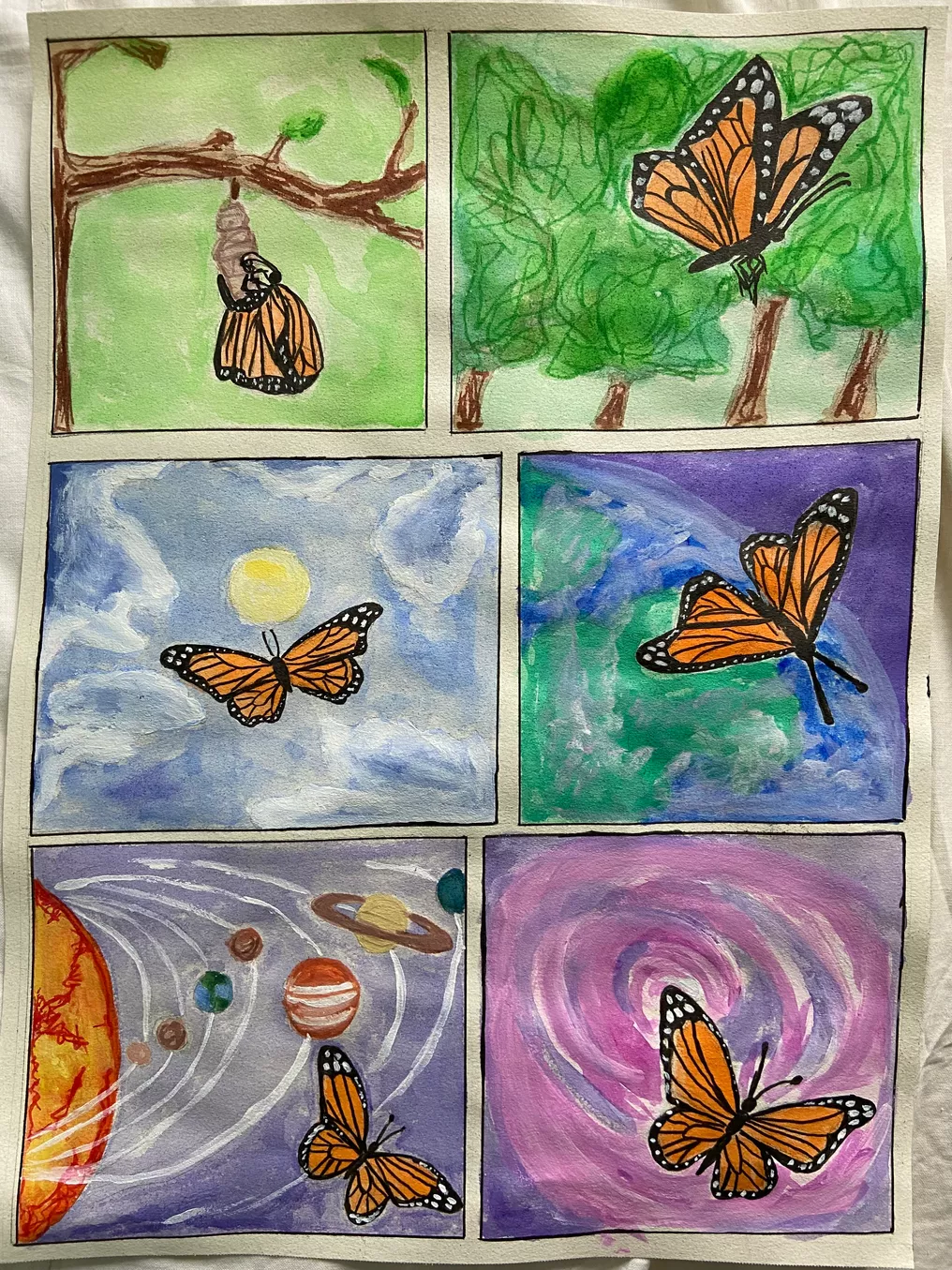
For my final project I chose to research butterflies, their life cycle ( how they are born as caterpillars then undergo metamorphosis), and their symbolism in the widely known theory, The Butterfly Effect. The theory states that even the smallest changes somewhere can prompt significant changes elsewhere. For my project I tried to represent this idea visually by having a butterfly emerge from its cocoon, fly over Earth, surpass the Solar System and the Milky Way galaxy. The butterfly itself is a metaphor for change and transformation, and once it has emerged from its cocoon it just flies as far as it can, similar to how many changes that occur on Earth can have impact on the larger Universe as a whole.
Marley's Meal - by Poppy Ryder
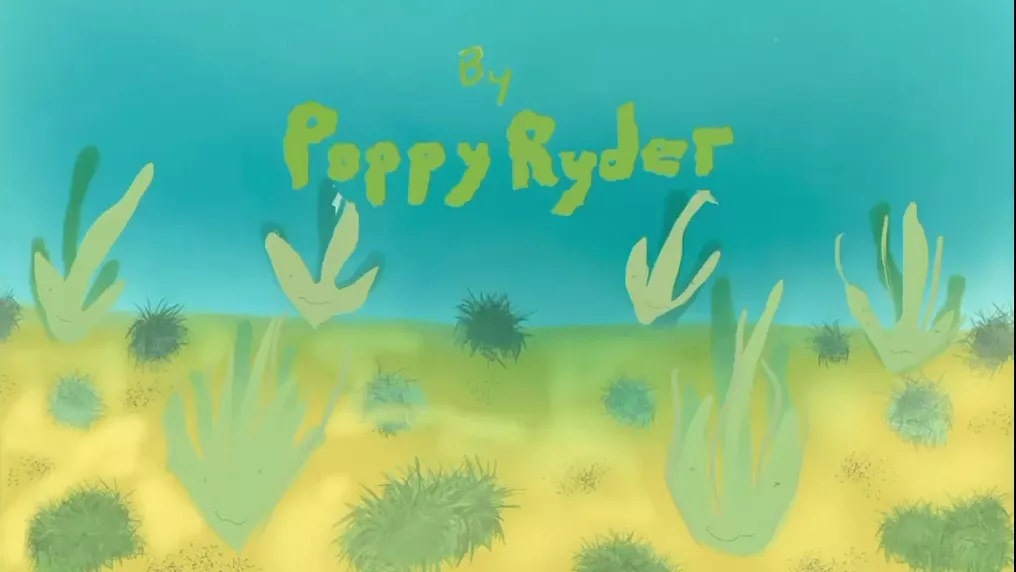
Minute long animation where we see Marley the manatee eating! The animation is one long sequence created in Procreate after I taught myself to animate on there during the Visual sequences & animated GIFs workshop (26/10/2021). I decided to do a manatee theme as they are niche species that people don't usually think of when asked to give an example of an animal. The sea plants were bought to life after it was suggested I add some additional creatures in a 1:1 tutorial. I thought it would be cool to see the plants really living it up. My animation is aimed at small children but older individuals may be entertained too. Marley's Meal is actually a refined version of the earlier manatee lunch but this time the manatee has a name and he is Marley. I voiced Marley unscripted which was a risk but I took that risk as I only decided to give him a voice at last minute. All the other sounds were ones provided by iMovie.
Ali Divis - Bookmarks
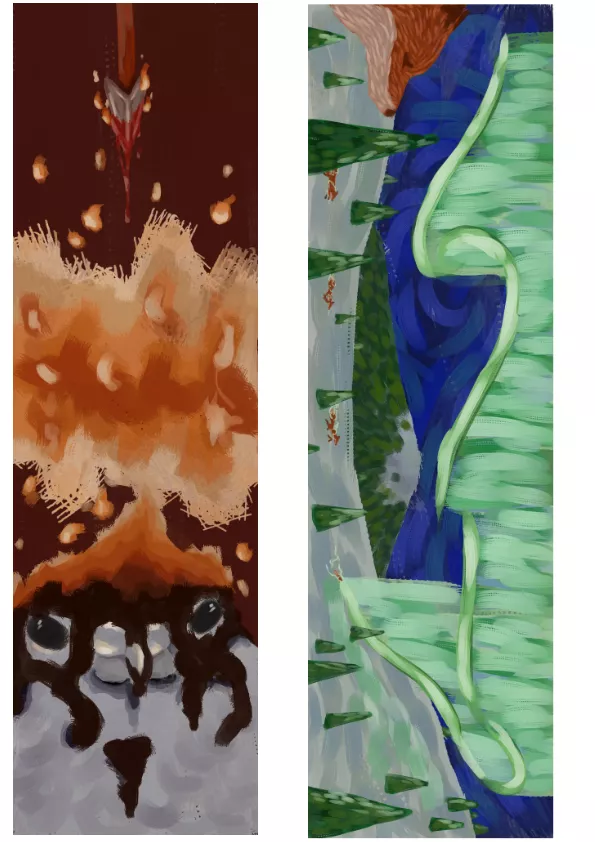
For my project, I focused on myths featuring crows and foxes, and picked two I hadn’t already known, to illustrate: a greek one about why the crow got turned black, and a finnish legend about the northern lights. I decided to make bookmarks for this project, partly because I always lose mine and thought it would be nice to make my own, and partly because I thought the format would be interesting, working on a long canvas like that, and created these illustrations with the idea that they could be part of a special edition book on mythology or something similar.
The black cats history - Kerry Weir

During my project I explore the history of black cat. Black cats have always impacted human history from way back to ancient Egypt when they where worshipped as gods. However due to the developed fear of witchcraft and black cats involvement, society has continued to fear black cats up to modern day; as a result black cats are endangered in October/Halloween as they’re targeted for the ‘link to Satan’ often black cats are tortured of killed for this. I aimed to gather research into the history of black cats to illustrate it into a black cat awareness poster, a poster that educates its viewer.
The Evolution of Pugs - Paige Y

For my project I chose to base it on the evolution of pugs. From when they were first bred in Ancient China to now. I feel strongly about this subject because I own a pug and I hear many people disagreeing with the livelihood of her. People believe that they shouldn’t be bred any longer due to their breathing and bone issues. So with this project I have learned a lot from why they were bred to how I can help her and make her feel more comfortable when she gets older. For my final piece I wanted it to be in a painterly style. On procreate on my iPad, I used traditional style brushes to create this effect.
Flying swan- yuting Zhou

The topic that I choose is swan. I have focus on how it flys, how the wings going to move. But sadly I did not very professional at animation. I make several animations about flying swan. This is the one that contain a whole process of taking off and landing.
The wild animal in your house - Teddy Hunter
I looked into domestic cats and how they have evolved to retain a lot of the characteristics and traits of their wild big cat cousins. I found out that compared to today’s domestic dogs cats haven’t changed much genetically from their ancestors. I wanted to show the two sides of the domestic cat in this zine, the wild and the tame and how they seem to coexist in our furry friends. I used both drypoint etching and ink and brush to create the two styles of illustration, joined together by dos á dos binding. There is a cat flap between the two sections to show the transition from wild predator to tame lap cat that happens with our domestic cats.
Helena Hambrook - A twisted tale stemming from the princess and the frog.
5

6

7

8

Ruby Gregory
This sequence depicts a squirrel trying to get to the food inside a squirrel proof bird feeder which is weight -sensitive. meaning that when a squirrel attempts to jump onto it, it will spin, stopping it from getting into the birds' feeder.
The sequence shows that a squirrel won’t give up and will do and try anything they can to get food, which I illustrated with a GIF I created on a loop to show a squirrels life on the struggles they would go through to get food.
I'd made leaf prints to use as a stencil on the squirrels to show its nature and where they live. I thought the effect of having the squirrels as leaves looked like another sequence of leaves blowing through the wind.
Joanna Swiezawska
This project is a personal piece of work and what I would call my rediscovery of mice as species all over again. I’m sharing my own experience with them and a bit of insight about real interactions between both sides of the conflict. I am trying to understand the changes around us that come with mice, the physical and the psychological responses to them. My observations - the initial shock, the denial, the annoyance, the fear - I try to question them in my illustrations.
Michael Dymock
Throughout this project I have explored a number of different sealife animals before settling on seahorses. I started the project looking at their ‘predawn dance’ within their courtship process, however my focus shifted once discovering their depleting numbers through ocean pollution and use within the medical field. My goal for my sequential illustration was to create an empathic response and send a clear and concise message of marine life conservation. I believe this message is strengthened when examining the grungy and desaturated colour pallet used (a clear juxtaposition from their usual vibrancy), along with imagery of medical equipment, ocean litter and metallic features within the image.
I focused my project on the mistreatment of animals but specifically circus animals and elephants. I have researched the narrative of "Murderous Mary", a circus elephant that was given a human punishment (being hung from a crane) as a result of her attacking a trainer that was abusing her. My final piece represents the emotions behind Mary as she was taken from the wild and forced into captivity, I have produced this work as a statement of rebellion against the circuses that continue to use animals in their shows today.
 Amy Tuff
Amy TuffI chose to look at the Kakapo, a critically endangered parrot from New Zealand. I chose this bird because it has a very interesting but unfortunate history with a difficult struggle to save the species.
I wanted to tell the story of this bird through a book of layered paper cut outs as each pages flows and connects to the next.
Kirsten RandallI chose to look into the domestication of bunnies, and how they went from the common wild breed to the many domestic breeds through selective breeding. I also looked at the sequence within a rabbit's binky, a jumping instinct in common with all the breeds. For my final piece I illustrated the timeline of rabbit domestication in the form of a binky as an animated gif.

Laura Louise McDonagh
My project researches into the history of the London zoo, in particular focusing on a tale of a ghost bear seen at the Tower of London. In my final piece I wanted to illustrate this story in a tarot card style print, combing ideas of three dimensional space and aiming to make it seem like the prints are moving to bring the story to life.
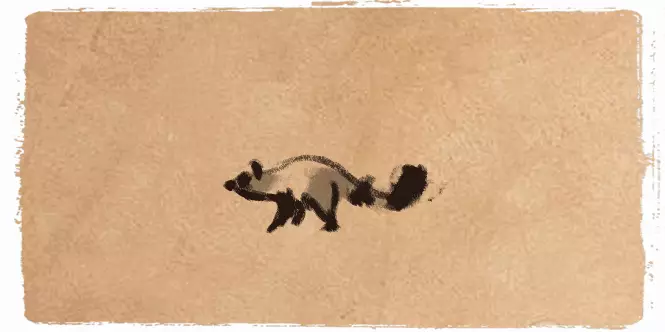
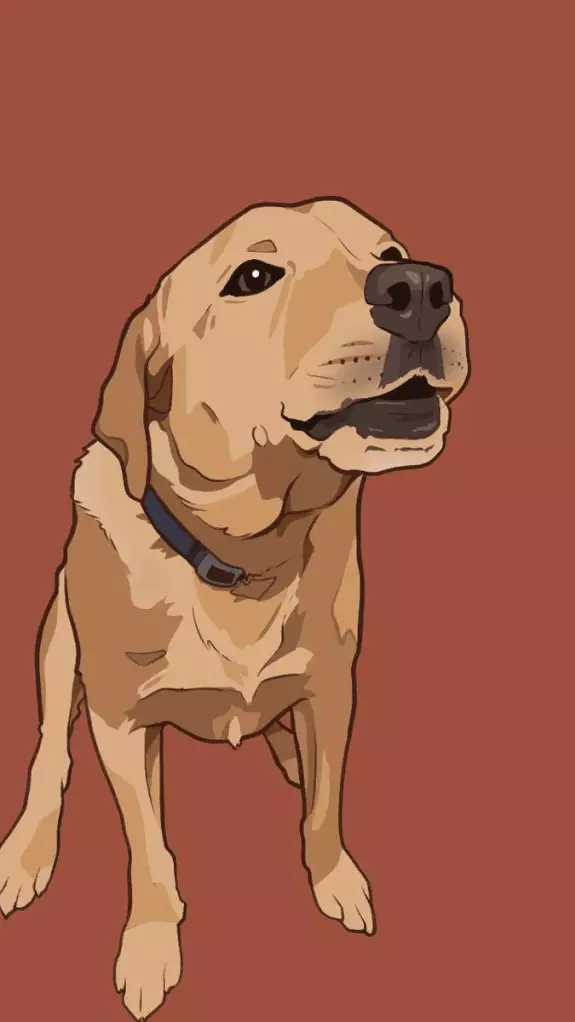
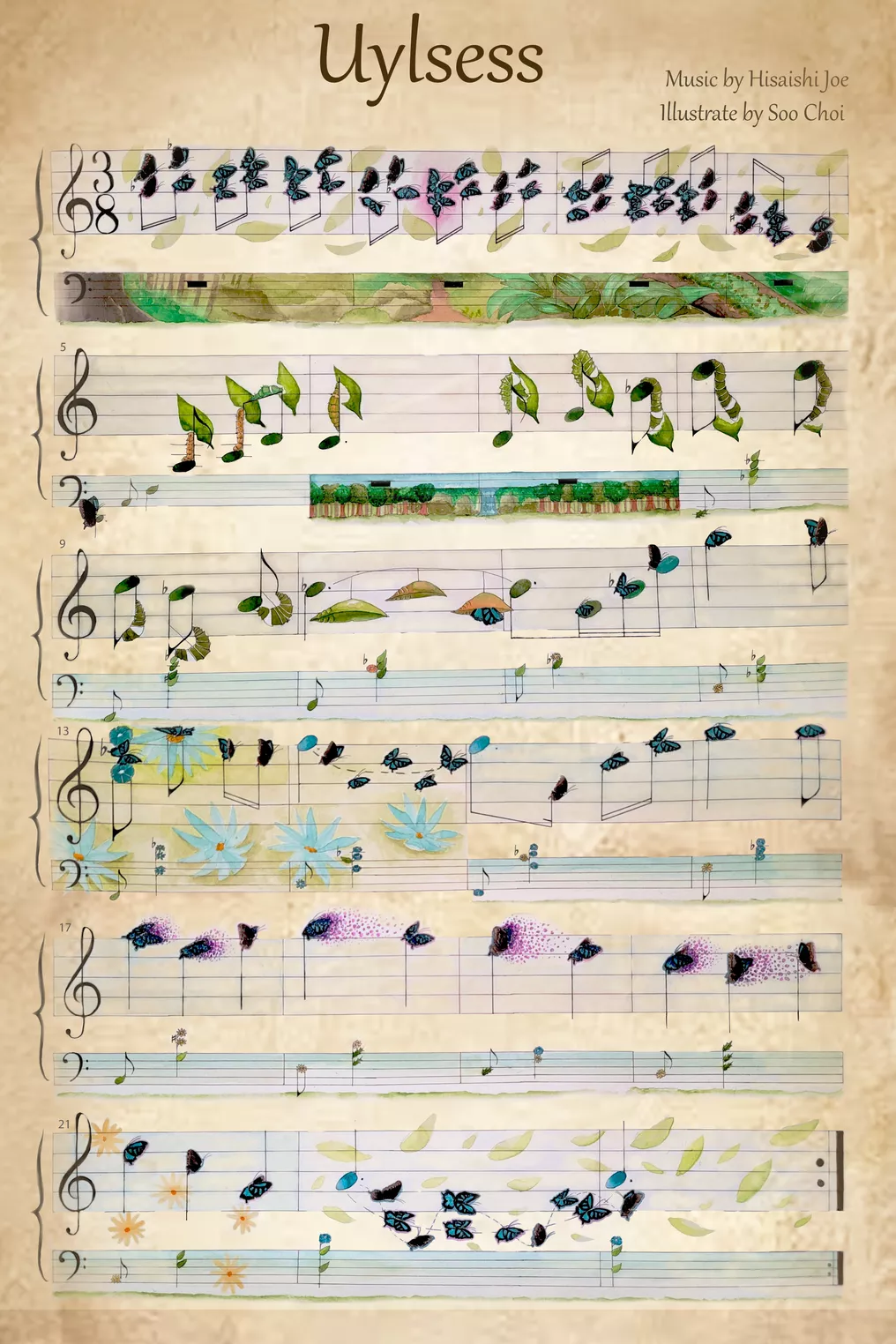
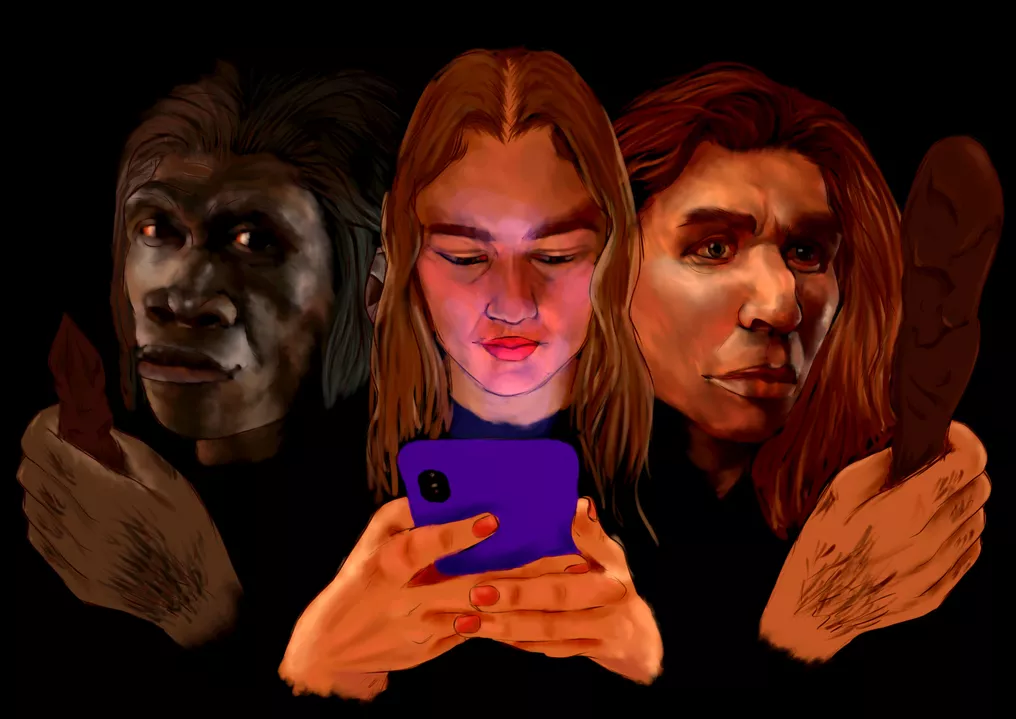
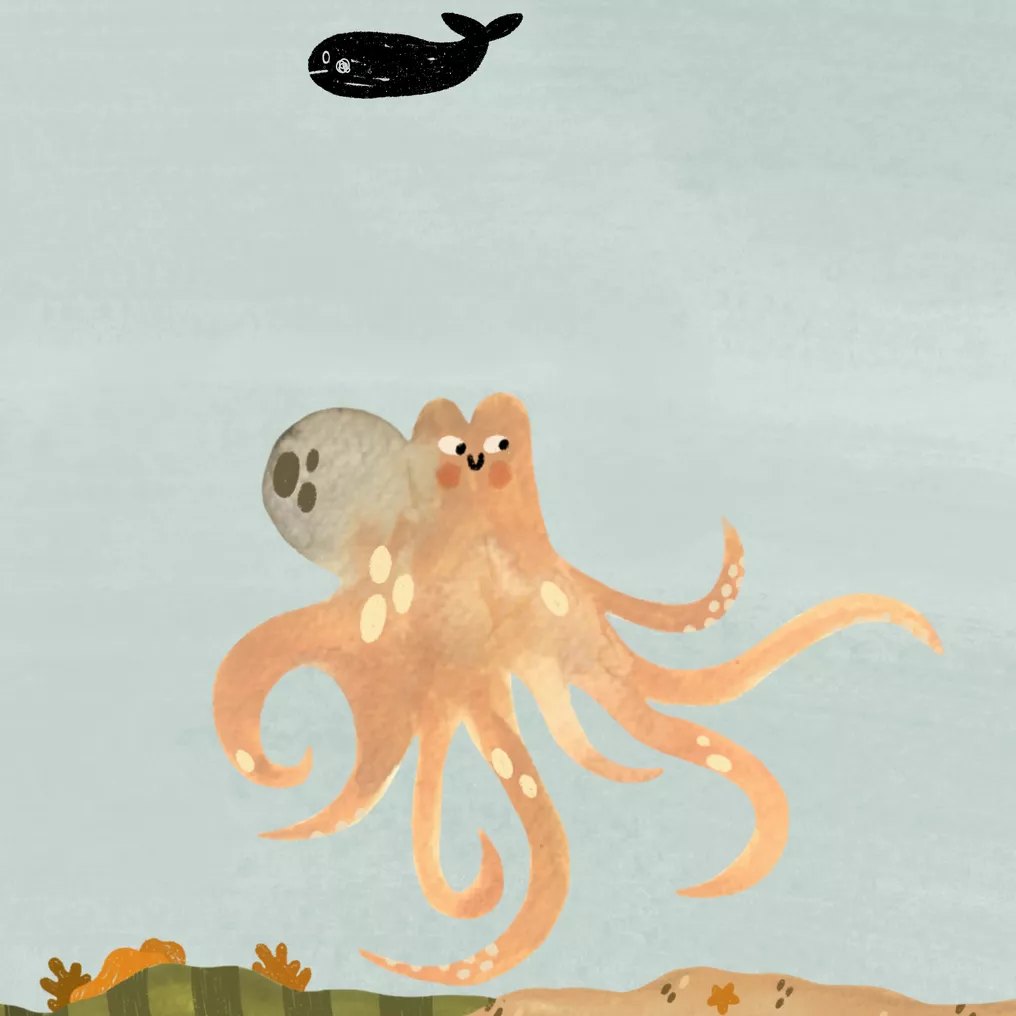
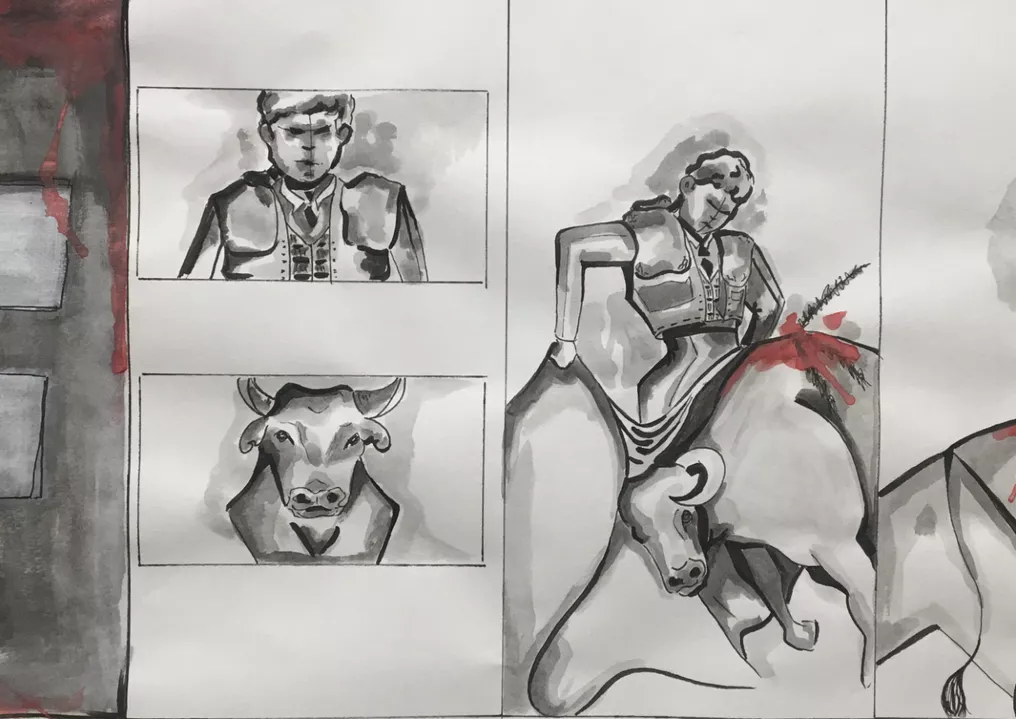




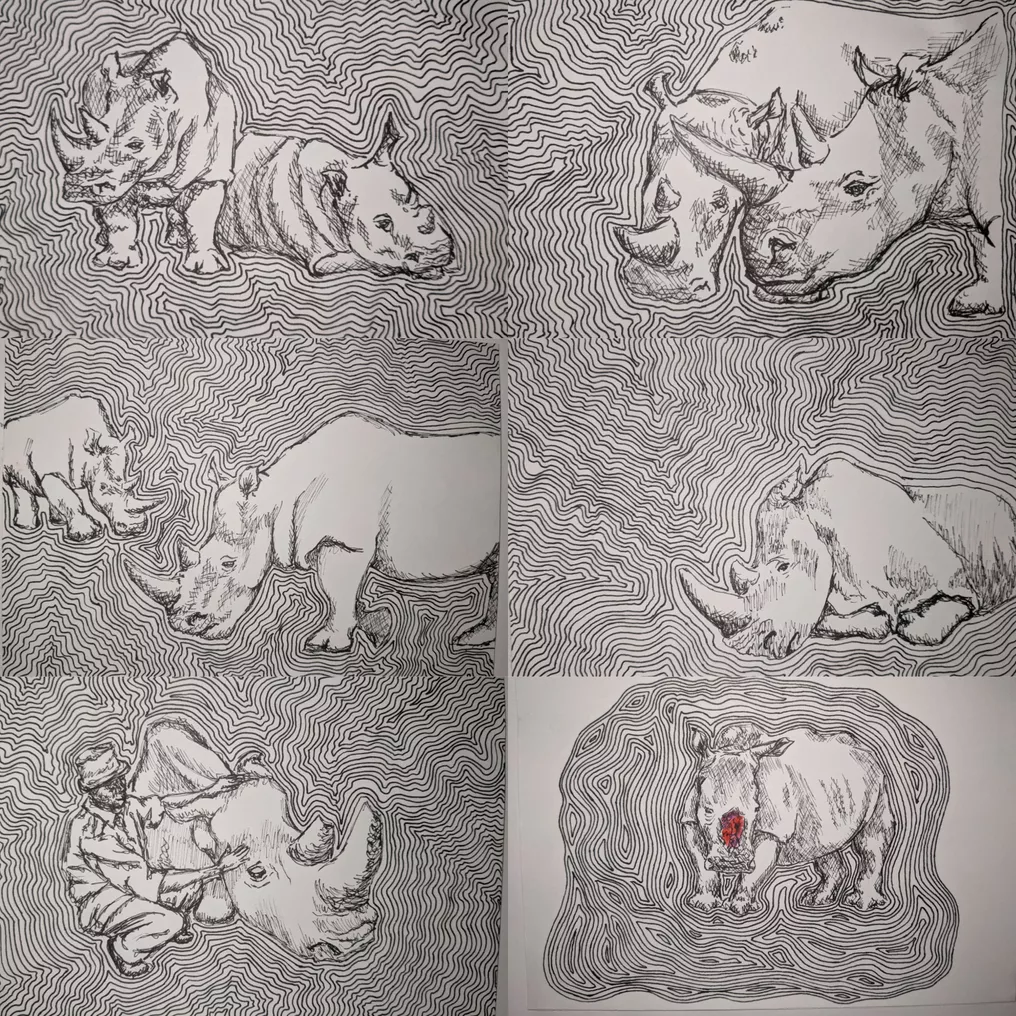
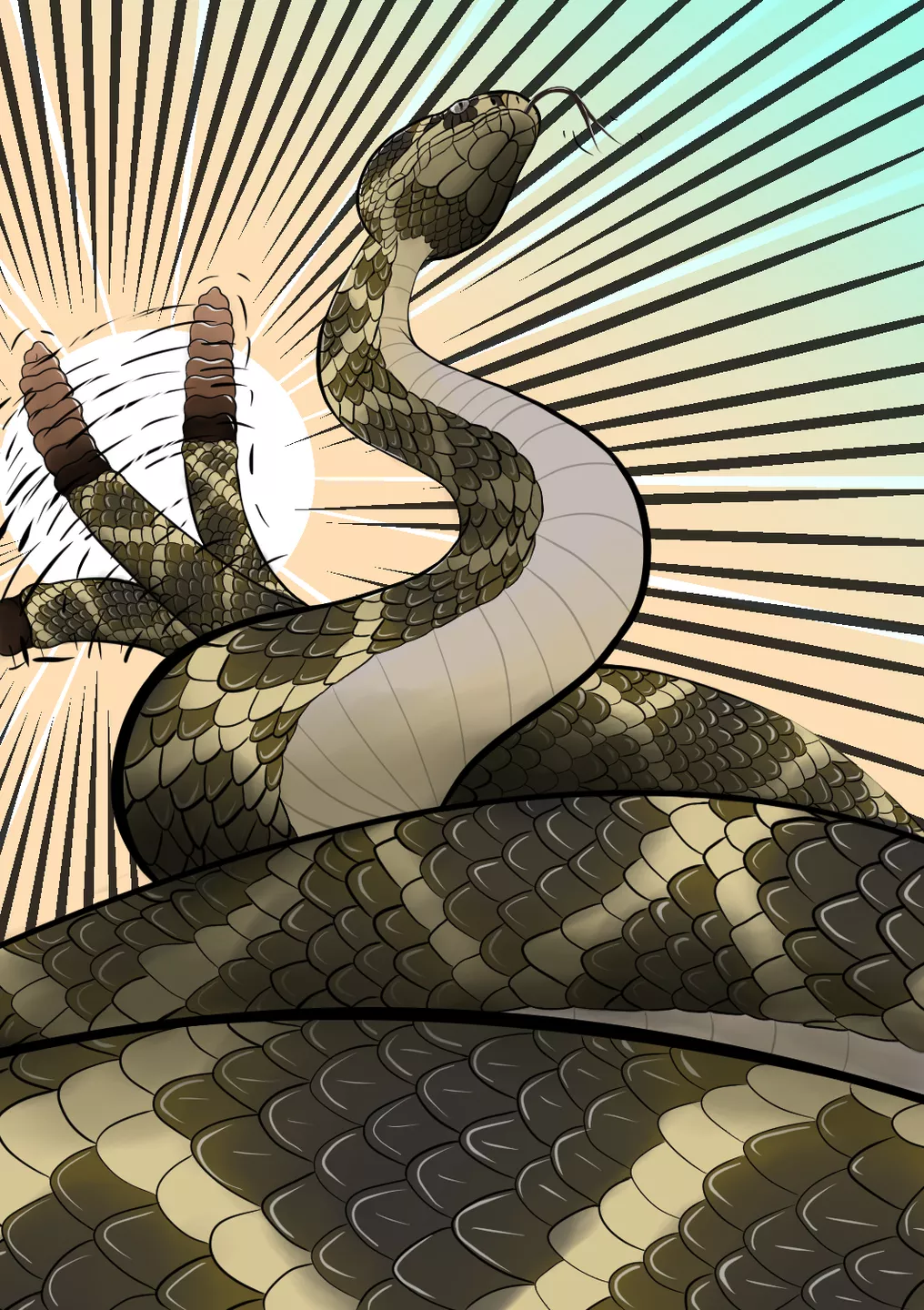
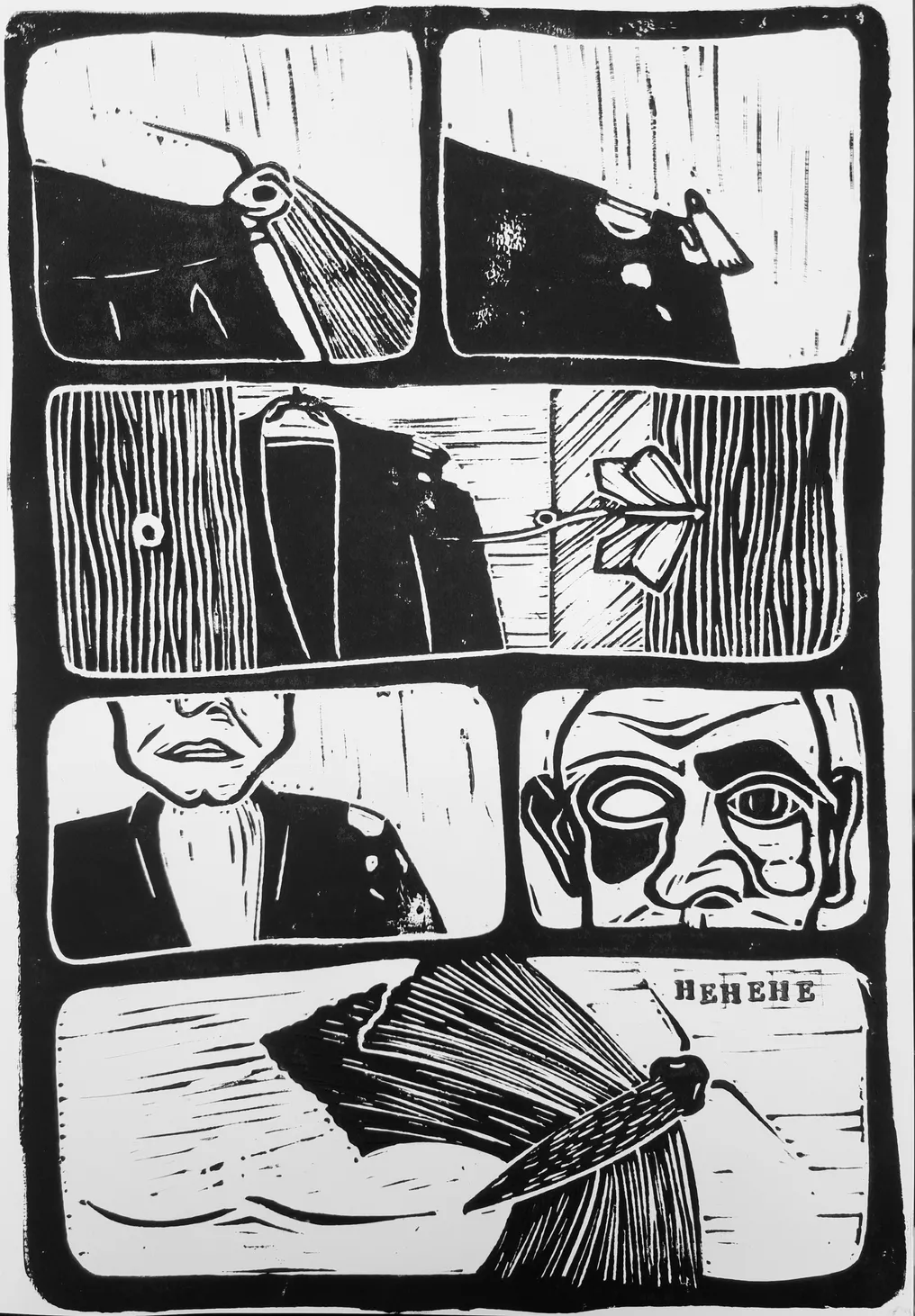
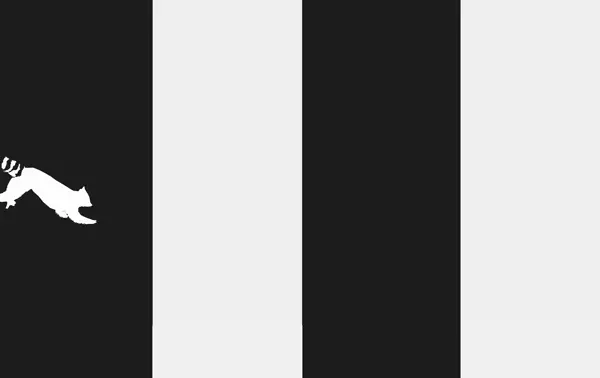
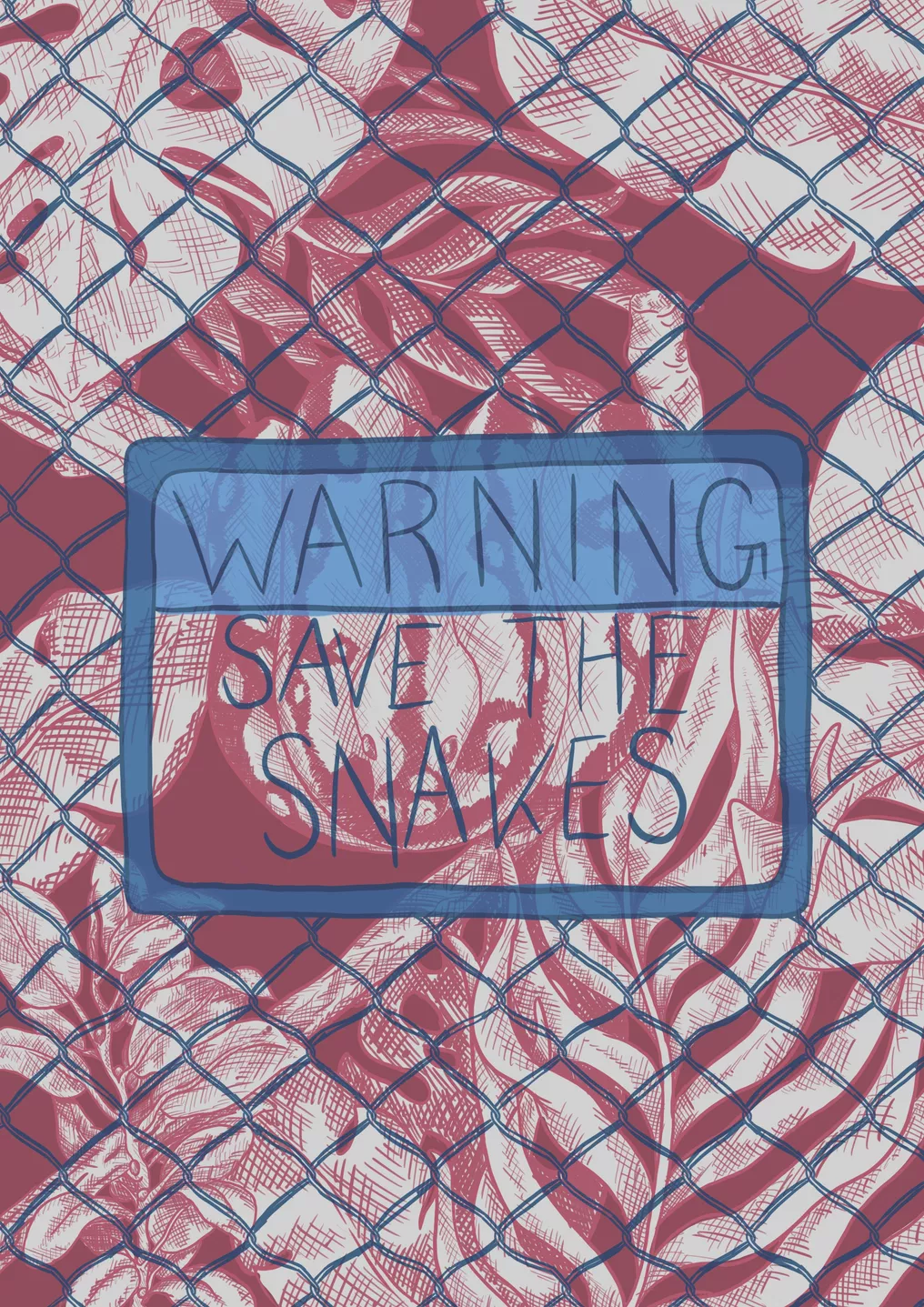
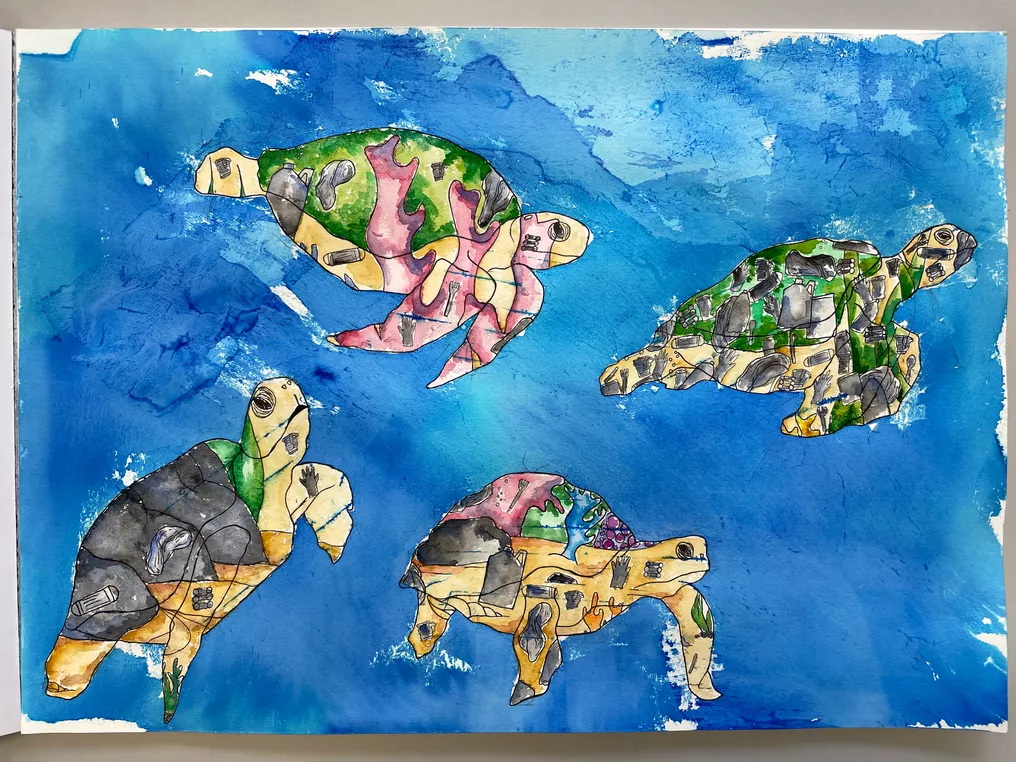
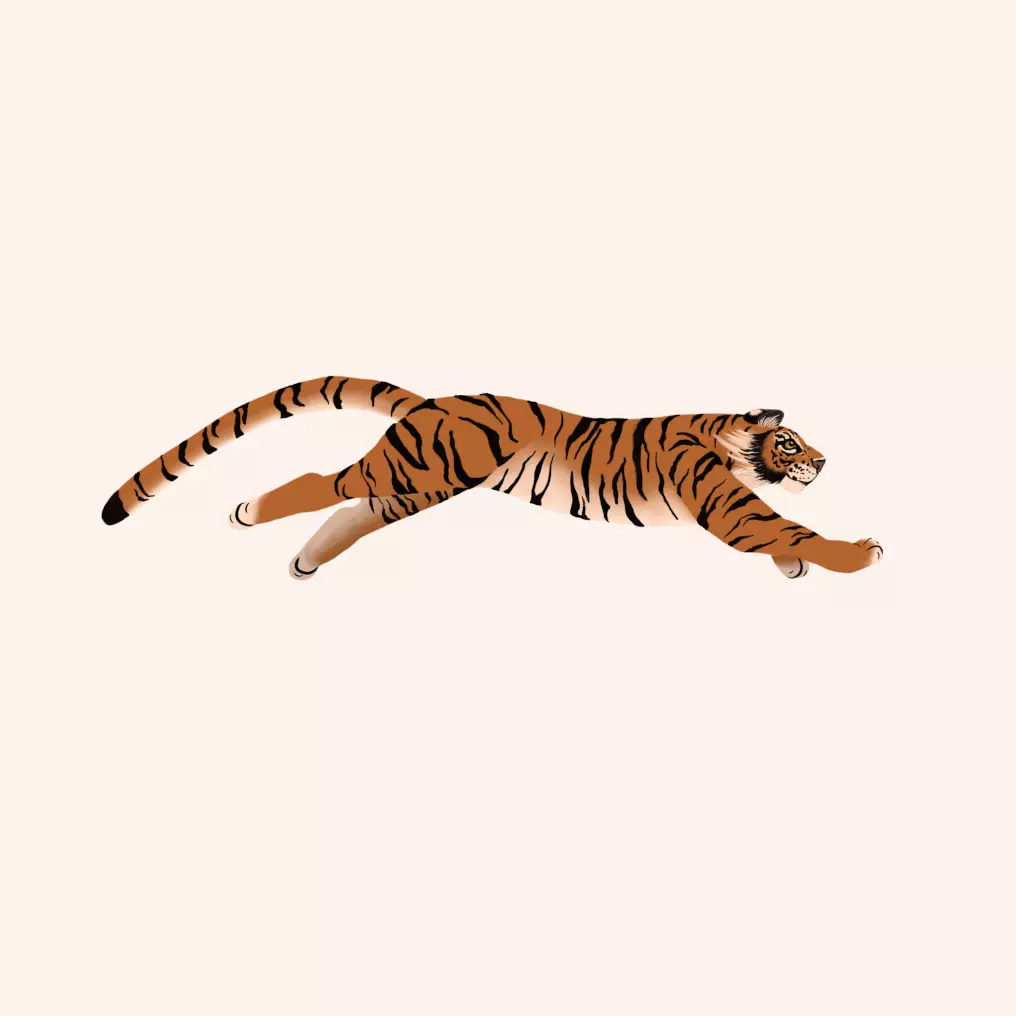






























No comments:
Post a Comment